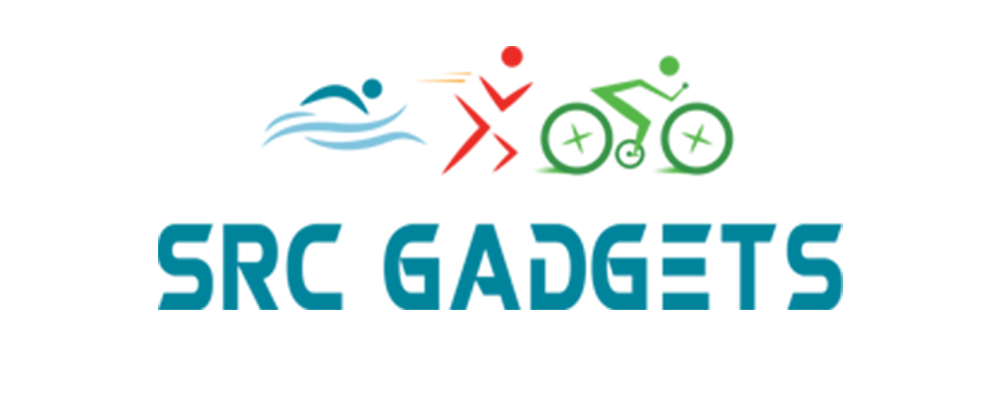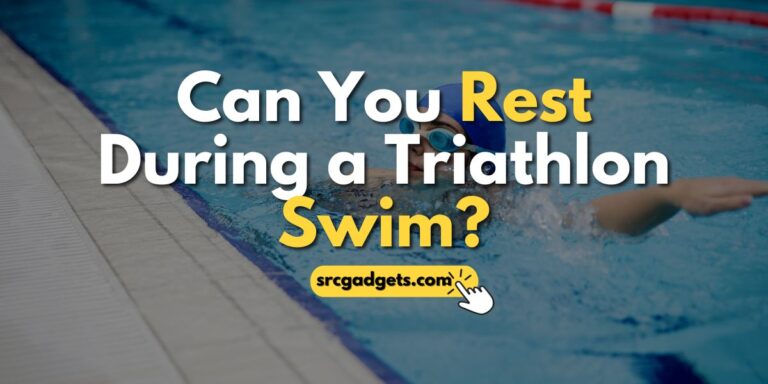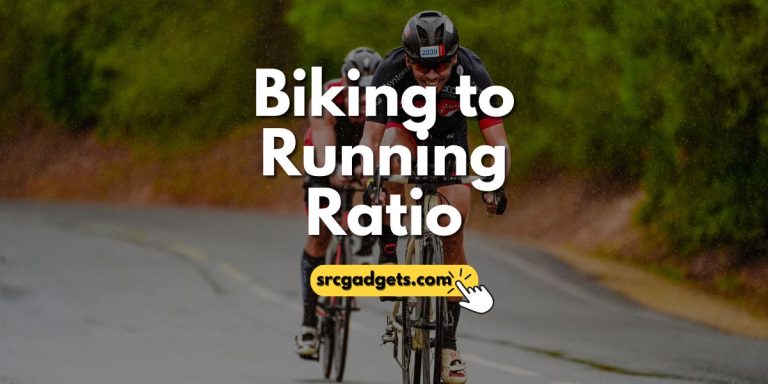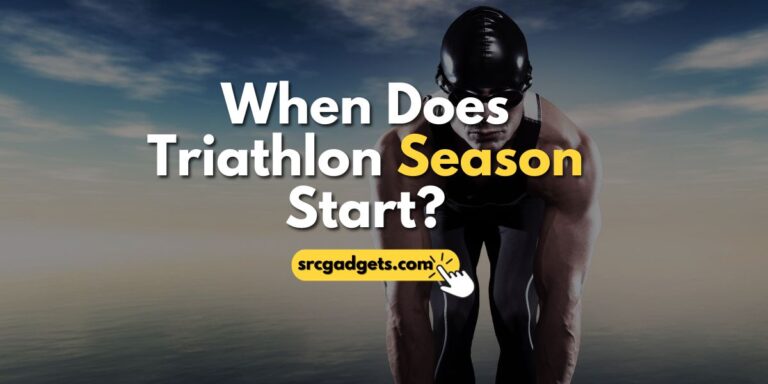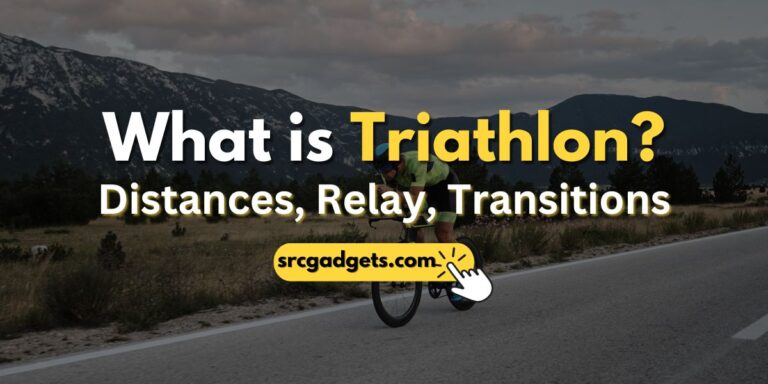Should You Wear Elastic Laces for Triathlon
Triathletes are always in pursuit of those precious seconds that could define their race each component of their gear optimized for performance, including the often-overlooked aspect of shoelaces.
Elastic laces have emerged as a game-changer in the world of triathlon, offering the dual benefits of time efficiency and comfort. But should you incorporate them into your race-day arsenal?
The short answer: Absolutely. Elastic laces provide a significant edge, ensuring a quick transition between disciplines, a secure fit throughout the race, and alleviating the worry of untied laces.
With years of experience and countless transitions observed, this blog post delves deep into why incorporating elastic laces is not just a convenience but a strategic move for any triathlete serious about their performance.
From the mechanics of their design to the real-world experiences of athletes, we ll unpack the undeniable advantages that make elastic laces a smart choice for triathletes aiming for their next personal best.
Understanding Elastic Laces
What are Elastic Laces?
Elastic laces may look like normal, colorful shoelaces, but they are really special. They are not like regular shoelaces because they stretch. This means they fit your feet better. They make your shoes comfortable, steady, and easy to put on. Regular laces don’t do this as well.
Elastic laces are great for sports and activities. When you move a lot, like when running or playing sports, your feet can change a little in size. Regular laces can’t adjust to this, but elastic laces can. They stretch and move with your feet. This means they keep your shoes fitting right, even when your feet swell a bit. It’s like having laces that can think and change to make sure your feet are always comfortable.
Design and Material
The technology behind elastic laces is really smart but also pretty straightforward. They are made from strong, stretchy bands that can be tightened just right to fit your feet. This is great for activities that are tough on your feet, like triathlons, because your feet can swell when you exercise a lot.
Elastic laces differ significantly from regular, slightly stretchy laces. They are specifically designed to be adjusted to the perfect tightness and are built to endure. This ensures that you have a reliable pair of laces that won’t fail you during a race.
Elastic laces are like magic strings for your sports shoes. They stretch to hug your feet snugly, so when you’re running, biking, and swimming in a triathlon, your feet feel good and your shoes don’t get loose. With these laces, you don’t have to stop to tie your shoes; they stay just right the whole race. This is why many triathlon athletes pick these stretchy laces for their shoes they make it easier to keep going without shoe troubles.
Let s Look at the Benefits of Triathlon
Advantages of Elastic Laces for Triathletes
For people who do triathlons, time is very important, especially when they are switching between sports. Elastic laces help them change shoes quickly and easily. These laces are more comfortable for long races, keeping the feet snug without any tight knots or ties. This helps in moving faster from one part of the race to another without wasting time.
Elastic laces are great for triathletes because they stretch to fit the feet. This means no more stopping to tie shoes or feeling uncomfortable because of tight laces. Athletes can run, bike, and swim without thinking about their shoes. This small change can help a lot in a race, making things smoother and faster. It’s like having a secret helper in your shoes that keeps you going strong!
Transition Efficiency
Imagine gliding through your race transitions more swiftly, shaving precious time off your clock. Elastic laces are a boon here, tightening with a mere tug. They’re not just speedy; they also ensure your shoes remain snug as you switch from cycling to running. This ease of change makes each segment of the race smoother and faster.
Elastic laces are like magic strings for your shoes. When you’re racing in a triathlon, you can pull them tight in a snap. No need to stop and tie your shoes! These laces stretch and move with your feet, so you can feel comfy and your shoes don t get loose. This means you can go from pedaling hard on your bike to sprinting on your feet without missing a beat. It’s like having a superpower for your feet that makes racing smoother and keeps you going fast!
Performance Considerations
The Impact of Elastic Laces on Triathlon Performance
Speed isn’t the only thing that matters. Stretchy shoelaces can affect the way you run. When your shoes fit snugly, they don’t move around much, which means the pressure on your feet is spread out evenly. This can help you keep going for longer without getting tired. Staying in good form from start to finish in a triathlon helps you avoid getting tired and lets you concentrate on reaching the end.
Imagine running in shoes that fit just right they don’t squeeze too tight or slip off. That’s what stretchy shoelaces do. They make sure your shoes fit well so you can run better and longer. They are like magic strings that make sure your shoes don’t give you trouble when you’re racing. This way, you can run comfortably and not worry about your shoes, which helps you do your best in the triathlon.
Running Form and Foot Health
Elastic laces do more than just keep your shoes on; they are really important for the way you run. Research shows that the shape of your feet and how they hit the ground can help prevent injuries. So, using the right kind of stretchy laces can help keep your feet healthy and make your running better.
Elastic laces can significantly impact your race performance. They stretch to conform perfectly to your feet, eliminating the need for mid-race adjustments or the discomfort of overly tight laces. This advantage is key for maintaining comfort and preventing blisters or sores. Comfortable feet allow for a more natural running stride and the stamina to sustain longer distances, potentially improving your speed and overall race results.
Critique and Alternatives
The Debate Around Elastic Laces and Alternative Options
Even though elastic laces have lots of benefits, not everyone is a fan. Some runners like old-school laces better. They say they’re more comfy and feel more stable. It’s smart to think about what everyone has to say and look at other choices too. When we talk about shoelaces for sports, especially for something as intense as a triathlon, people have different opinions. Some sports people are all for elastic laces because they’re quick to put on and don’t need tying during the race.
However, some athletes are hesitant to switch from the traditional laces they have always used, believing that these offer a better fit and more support for their feet. What’s important is experimenting with different types and finding what suits you best. Comfort and security in your footwear are crucial for optimal performance in a race.
Athlete Experiences and Preferences
Understanding the best laces to use becomes clearer when we listen to those who actively participate in triathlons. Both professional athletes and beginners have their preferences, which vary widely. These preferences stem from lessons learned through training and competing. By paying attention to their experiences and the collective wisdom within the triathlon community, we can make informed decisions about the most suitable laces for our races.
To find the best laces for you, think about what you need. Do you want laces that don’t need tying? Or maybe you want laces that won’t break easily? It’s a good idea to try different kinds and see which ones feel the best on your feet. Remember, the best laces for someone else might not be the best for you. It’s all about what makes you feel comfortable and helps you run your best race.
Conclusion
In conclusion, stretchy laces are a smart addition to triathlon gear. They save time with quick shoe changes, adapt to foot changes, prevent discomfort, and support proper technique. Their customization options cater to various foot types, making them a valuable asset for both training and competition in the demanding world of triathlons.
